Epson Stylus Photo R2400 Review
Epson Stylus Photo R2400
Sometimes A4 just isn't big enough. Epson's R2400 handles up to A3+ with aplomb.
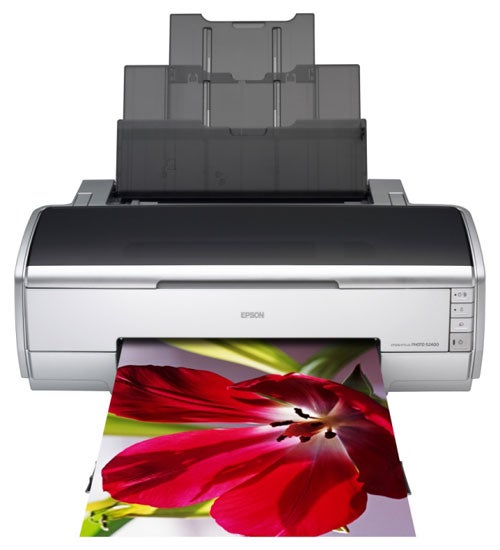
Verdict
Key Specifications
- Review Price: £504.00
Printing anything larger than A4 can cost a lot of money. Large format printers start at around £1,000 and rise steeply from there. There is an intermediary path though. If but don’t need A2 or bigger and only want to go up to A3+ – A3 prints with full bleed then Epson’s Stylus Photo R2400 is a versatile medium format machine. It can handle sheet, roll and thick media of up to 1.3mm, which makes it suitable for small signage.
As you might expect, this is a wide printer, over 0.6m, and with all its trays open, it’s over 0.7m deep, too. The tray’s fold out from top and front and the front tray, which has to support the full length of A3+ paper, has a cleverly sprung telescopic design.
Under the smoked plastic top is a large head carrier with slots for the eight ink cartridges the printer can take. These include optional matte or photo black, depending on whether you’re printing glossy photos or on watercolour or other matte papers – the cartridges automatically re-seal, so you can swap them at any stage. There are three different blacks, with Matte or Photo Black, Light Black and Light Light Black; what we in the trade normally refer to as ‘grey’. They improve the quality of greyscale images and help ensure neutral greyscales, with little colour casting. Epson refers to these inks as UltraChrome K3.
There’s no display panel on the printer and just four buttons for manual control. Nearly all settings come from the comprehensive driver, which includes watermarks, multi-page per sheet printing, manual duplexing and colour by colour settings, if you need them. There are also overall colour match settings for Epson and Adobe RGB.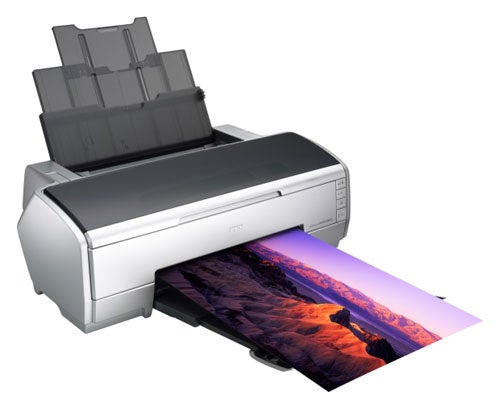
At the back are sockets for USB 2.0 and Firewire connections, so the printer is happy working with both PC and Mac hosts.
Setting up the Stylus Photo R2400 is very similar to working on a smaller printer, except that there are eight ink cartridges to insert in the head carrier. Epson has thoughtfully provided a series of flashing indicators, so when you come to replace a cartridge that’s run low, it shows the position of the tank than needs replacing.
There are three ways of feeding paper through the Stylus Photo R2400. The conventional sheet feed from the back can take paper from 15 x 10cm up to A3+ and feeds onto the front tray. Alternatively, you can fit the supplied roll-paper holders to the back of the machine and feed it through to the front. The printer doesn’t cut prints automatically from the roll when they’re complete. You have to cut along the dotted line printed on the roll, which can be awkward.
The third way is for thick media, and here you fold down the front cover of the printer, which has a paper feed attached to its back. You feed paper or card from front to back, making sure there’s sufficient room behind the machine for it to feed fully out.
Colour quality from this printer was a bit variable. We started with some black text, not the main task for a printer like this, but something it might still get called on to produce. Black text came through dark grey, even though the printer offers a full photo black. When we printed the text and graphics page, again a plain paper print, the colours came out pale and washed-out, too.
Switching to glossy photo paper for our colour photo print produced an excellent result, with a very natural rendition; plenty of foreground detail and a beautifully smooth gradation from light to dark blue in the sky. Good shadow detail, too.
We printed a couple of A3 photos, one in greyscale and the other full colour. There are two photo settings in the driver, marked Photo and Best Photo. Both took the same time to print, within a second, but the Best Photo output is noticeably more neutral in its greys and has higher contrast – the straight Photo print had a slight brown cast in some light.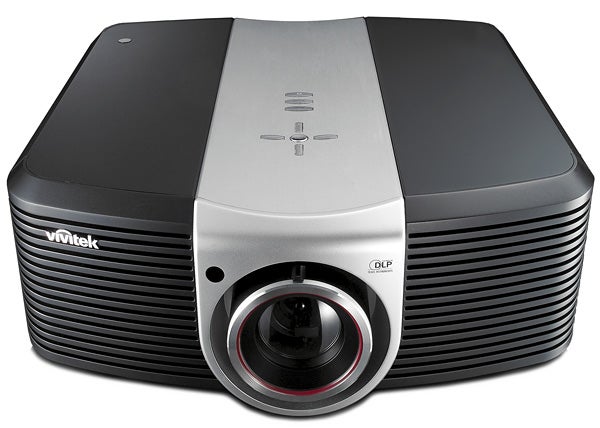
Finally, the colour image we printed, of a Caribbean T-shirt and trinket shop, was a riot of well-reproduced reds and yellows, at both 15 x 10cm and A3 sizes.
We had to go with Epson published figures for page use on this machine, which give the cost of a 10.5 per cent black A4 page, using the three black inks, at just under 39p and a full-colour, 35.5 per cent A4 page at just over 46p. Both of these figures are very reasonable, given the quality of colour we obtained, but the test cartridge ink-levels appeared to fall faster than we would have expected. We suspect A3 photo prints will empty them rather quickly. Each cartridge cost just under £8, so over £60 for a full set.
”’Verdict”’
Epson has really tried with this machine to provide a semi-pro finishing printer or a professional-level proofing machine. The flexibility of its paper handling, combined with its three-black greyscale printing, will see it adopted in a number of different business and creative offices, where its undoubted high print quality will shine through.
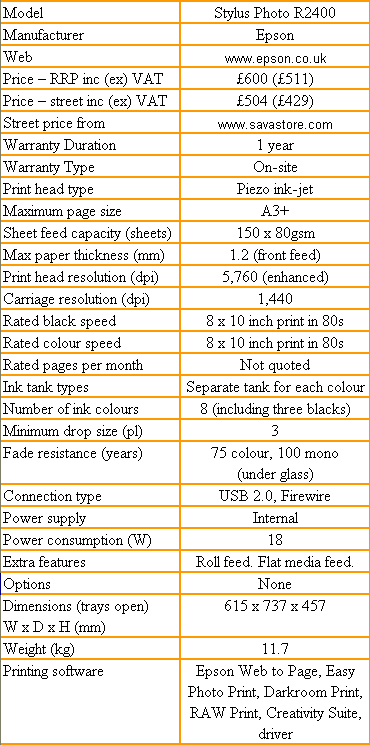
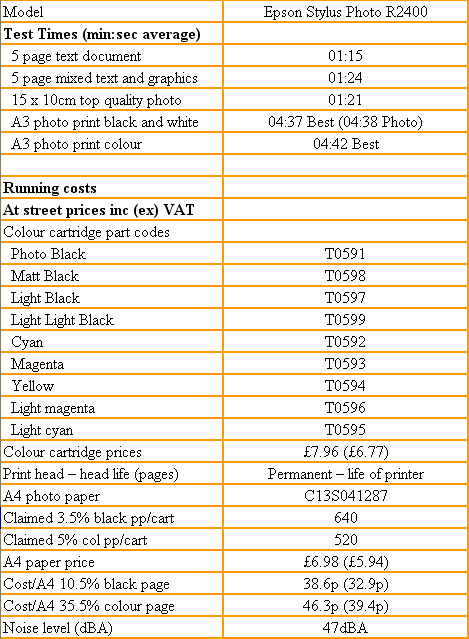
Trusted Score
Score in detail
-
Print Speed 8
-
Features 9
-
Value 9
-
Print Quality 9

